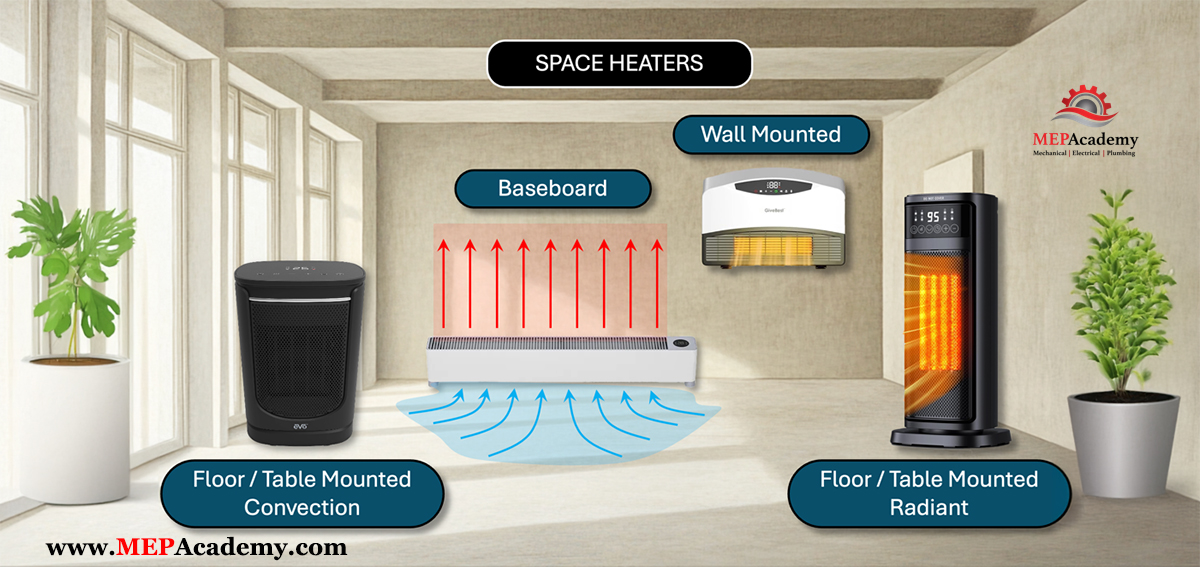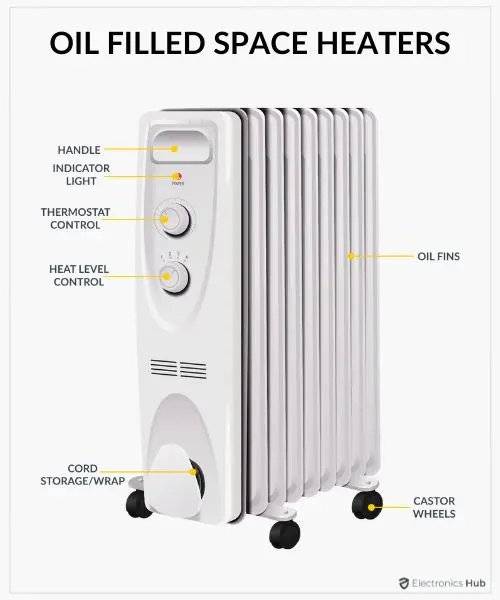The Buzz on 1 Source Portable Air
Not known Details About 1 Source Portable Air
Table of ContentsWhat Does 1 Source Portable Air Do?The Best Strategy To Use For 1 Source Portable AirGetting My 1 Source Portable Air To Work1 Source Portable Air Can Be Fun For AnyoneThe Of 1 Source Portable Air
Running costs are based on an electrical energy rate of 40c/kWh. The expenses for 3 months' usage in winter are based on 500 hours utilize, or approximately 6 hours each day for 3 months. Maximum heat result is based upon the optimum electrical power of the versions we've checked (we focus on greater electrical power heating units).
This depends upon what expense you're checking out ahead of time acquisition, or running price? Customarily, there are compromises with either option. Typically, tiny follower heating systems are cheaper to get, however can have higher running costs. Oil column heaters will be the cheapest on the market to run (on standard) yet just by a narrow margin ahead of convection heaters (like panel and micathermic panels).
The Main Principles Of 1 Source Portable Air
If you have a relatively easy to fix ceiling follower, it'll help distribute the warmth around the room a lot more equally. A number of pricey heating units have actually failed to impress our testers, while some more affordable versions make for surprisingly great buys.
As the name recommends, they emit heat from a red-hot heating component (so the family members will have to take turns being in front of it). There are floor and wall-mounted designs readily available. Radiant heaters are fairly cost-effective. They have a cosy glow and personal warming effect, like sitting in front of a fire.
Glowing heating units normally cost between $20 and $200. Oil-filled column heating systems do not really burn oil they make use of power to heat up the oil that's sealed inside their columns or 'fins'.
The 9-Minute Rule for 1 Source Portable Air
Some column heaters aren't even oil-filled however rather make use of various other product or heating innovation to function the very same method - 1 Source Portable Air. The danger of fire with an oil column heater is reduced compared to various other heater types, yet never absolutely no. Oil heating units do not have subjected elements like glowing heating systems do, and their surface temperature level is lower than numerous various other heater kinds (their large area makes up for it)
Oil column heating units will not explode, and while they don't melt their oil to generate warm, it's still combustible, so there is a fire threat if the oil leakages, if the heater ideas over and leakages, or if flammable items or textile come into get in touch with or drop on the heater. You should exercise the exact same level of caution with oil heating units when it comes to other heater types, and never ever hang towels or garments over one to dry them utilize a drying out shelf rather, at least one metre away.
Column heating units are especially valuable in rooms where they'll be changed on for long durations of time or where they'll run ignored, such as over night in a room. The surface areas you're most likely to discuss a column heater don't get as warm as various other kinds of electrical heating systems. You can use a ceiling fan on very reduced rate to help the column heating system to disperse the warm much faster and more evenly.
Oil-filled column heating units typically set you back in between $50 and $450. Convection and panel heaters attract chilly air over an electric home heating aspect.
The Best Strategy To Use For 1 Source Portable Air

Convection and panel heaters index are a lot more mobile than their oil-filled column heating unit counterparts since they're dramatically lighter. Like a column heating unit, you can utilize a ceiling fan on very low rate to distribute the heat quicker and more evenly.

See This Report about 1 Source Portable Air
Follower heaters are frequently smaller and more portable than various other electrical heating systems. They additionally can be found in the kind of tower follower heating units, which can be better for distributing warmth around bigger areas because of their taller click over here profile. They can heat the air in an area extra swiftly, uniformly and rapidly than some other heater kinds.
Follower check this site out heaters (ceramic or otherwise) generally cost between $60 and $900. Ceramic follower heating units aren't necessarily any kind of different in rate to non-ceramic designs.